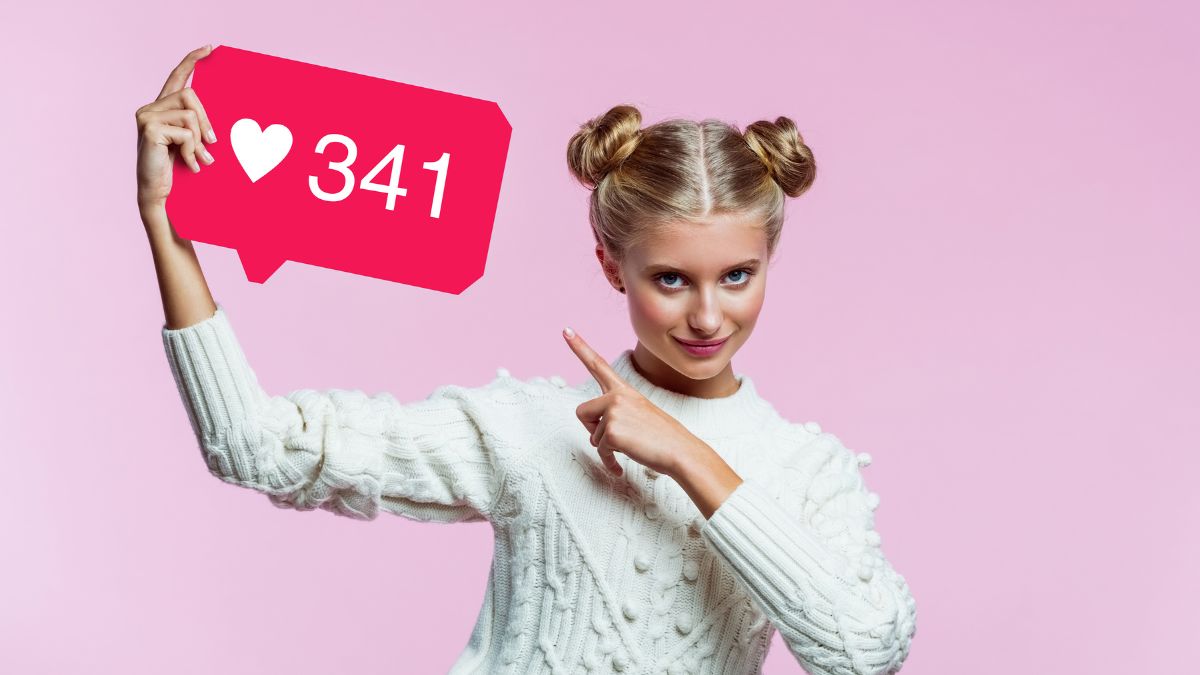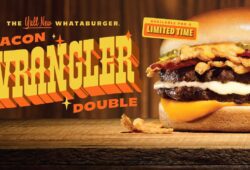
Influencer marketing has established itself as a key tool for connecting brands and consumers, but not all industries achieve the same success in terms of engagement. According to the Statista dossier “Influencer Marketing Worldwide,” certain categories consistently outperform others in capturing audience attention and interaction.
READ ALSO. Influencer marketing in 2025: What trends are redefining the global market?
Which industry has the highest engagement rate in influencer marketing?
According to the report, the travel industry leads the global ranking of engagement in influencer marketing, registering an average rate of 2.4% among social media users in 2023. This sector stands out for its ability to inspire personal and aspirational experiences, which increases organic interaction with published content.
Tourism has successfully leveraged visual formats such as photographs and short videos to showcase destinations, unique experiences, and desirable lifestyles. This direct emotional connection explains why it surpasses other industries.
READ ALSO. Kroger launches new summer line! What’s included and when will it go on sale?
Which other industries stand out in engagement with influencers?
After travel, the beauty sector ranks second with an engagement rate of 1.95%. This industry benefits from the tangible demonstration of products and tutorials, where influencers share honest reviews and visual transformations that build trust with their audience.
Sports and fitness ranks third with 1.6% engagement. Influencers dedicated to wellness, training, and healthy living have gained ground by promoting routines, fitness challenges, and nutrition tips that create a strong bond with their audience.
Other relevant industries include:
- Fashion: 1.53%
- Education: 1.21%
- Food and beverages: 1.19%
- Health: 1.07%
- Music: 0.99%
- Gaming: 0.95%
- Finance: 0.89%
These data show that sectors that manage to integrate personal or aspirational experiences into their strategies tend to achieve higher levels of interaction.
Why does travel lead engagement with influencers?
The travel industry has a natural competitive advantage: it appeals to emotions, dreams, and aspirations. Travel-related posts usually inspire audiences, generating high levels of likes, comments, and shares.
Additionally, travel influencers often have a highly segmented and engaged audience, interested in discovering new destinations or planning their next vacations. The predominant visual format in this industry perfectly aligns with content consumption trends on platforms like Instagram and TikTok.
How does content format influence engagement by industry?
The type of content shared also has a significant impact. According to Statista, 32% of consumers prefer reels and short videos formats, while 26% opt for longer recorded videos. These formats are especially effective in sectors like travel, beauty, and fitness, where visual demonstration is crucial.
Industries like education or finance face a greater challenge since their content tends to be more informative than aspirational. To counter this, many brands in these sectors are betting on interactive educational content or storytelling based on real experiences.
Authenticity and engagement
Authenticity is a decisive factor in influencer marketing. Statista’s report highlights that 64% of consumers value authenticity as an essential attribute in influencers, especially in sectors like beauty and health.
This explains why micro-influencers and creators with smaller but more engaged communities tend to generate better engagement rates than macro-influencers. Sectors such as fashion, food and beverages, and gaming are adapting their strategies to work with profiles that reflect closeness and authenticity.
What is the relationship between consumer trust and engagement by industry?
Trust in influencers is a fundamental aspect of campaign success. According to Statista, 87% of consumers in Brazil trust influencer recommendations, followed by 83% in the United Kingdom and 78% in Australia.
In industries like beauty, travel, and fitness, where personal experience carries significant weight, this trust translates into higher engagement levels and, ultimately, more effective conversions.
How do demographic trends affect engagement by industry?
The report reveals that 82% of influencer marketing campaigns are targeted at consumers between 20 and 29 years old, and 77% at those between 30 and 39 years old. This age segmentation is crucial, as young adults are the ones who interact most with travel, fashion, beauty, and fitness content.
In contrast, industries like finance or education, which seek to attract a broader or older audience, must adapt their strategies to create more relevant and appealing content for these groups.










